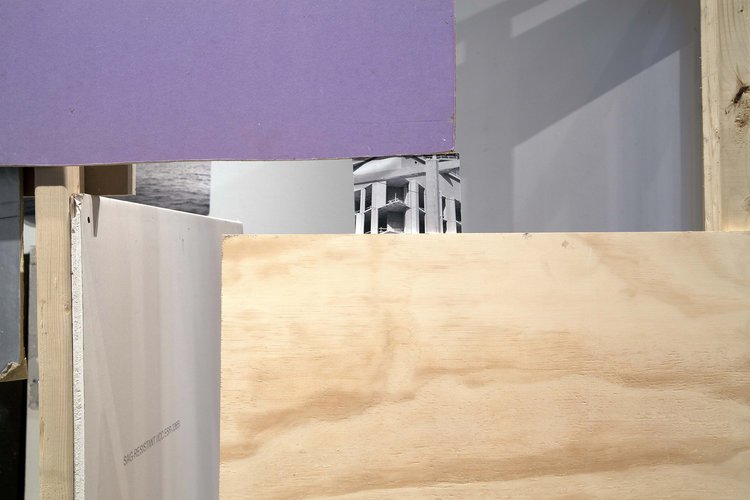
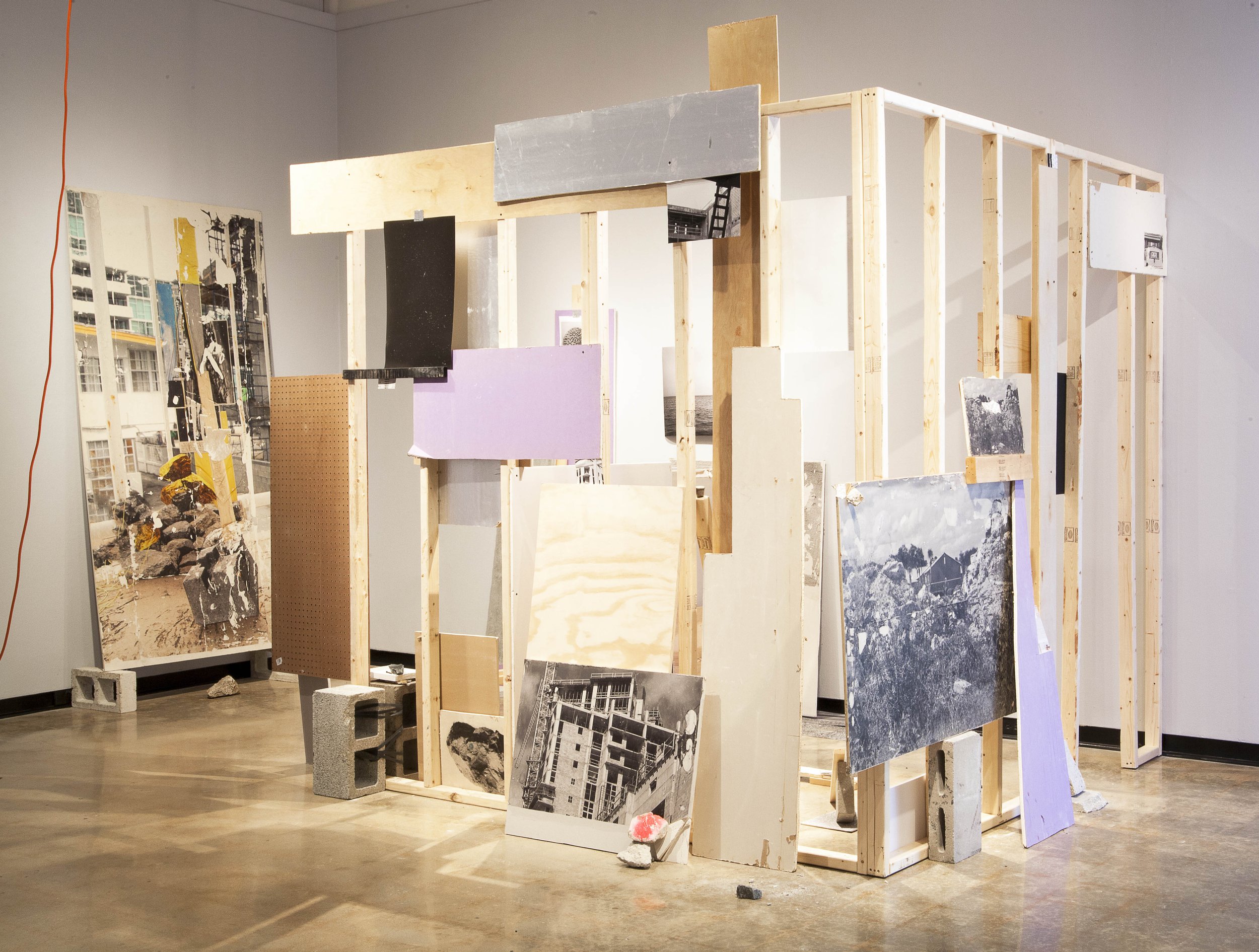
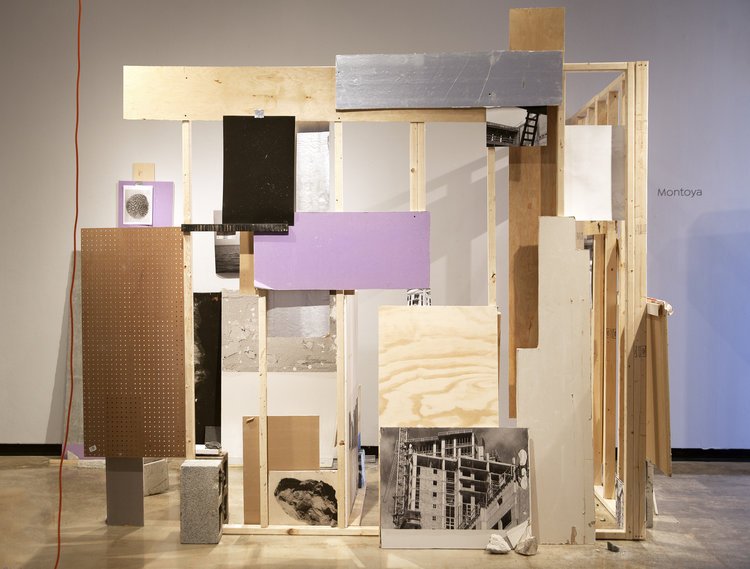
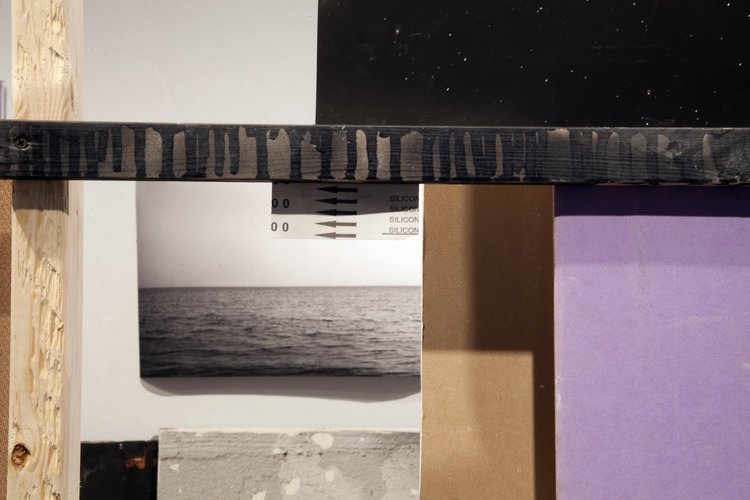
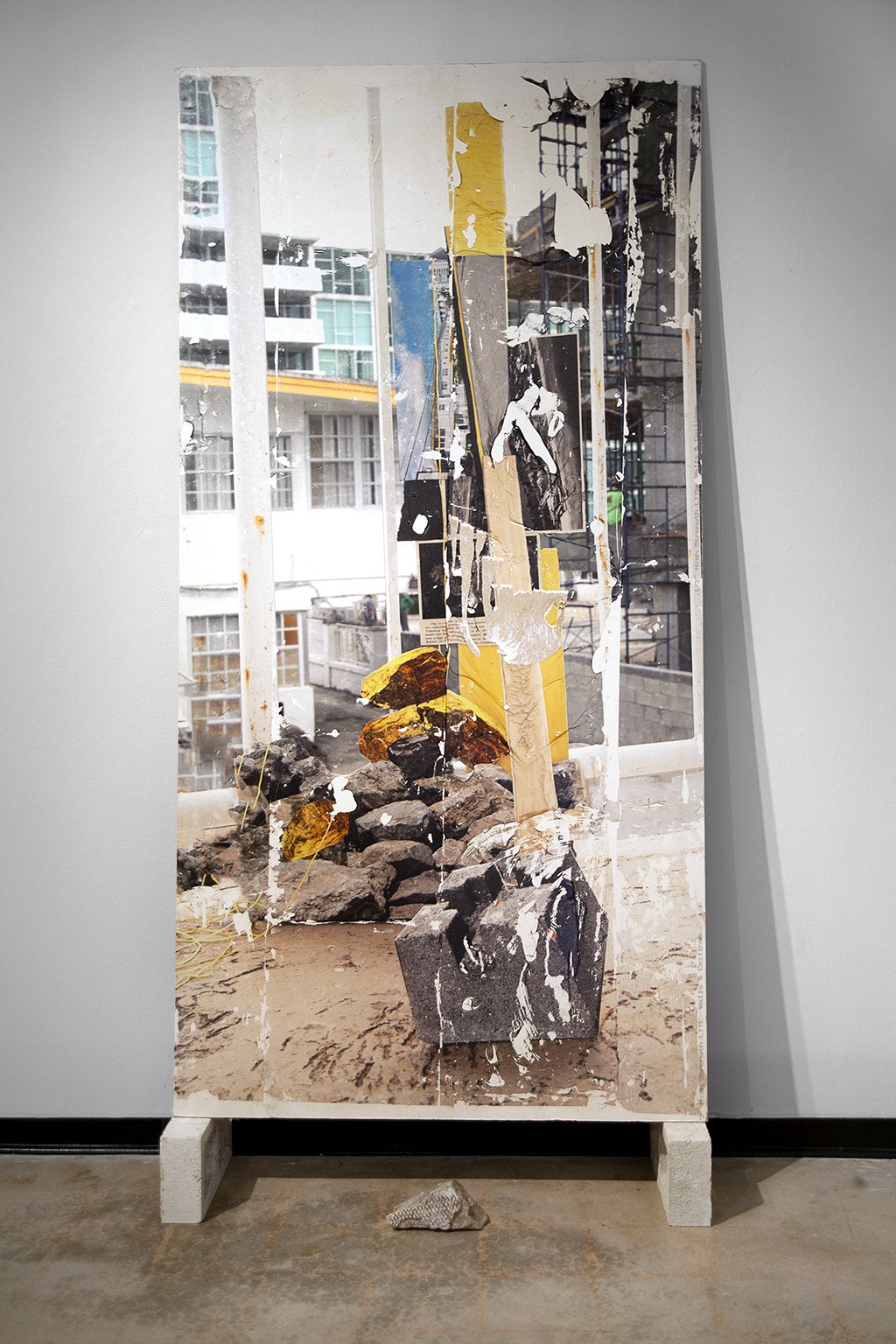
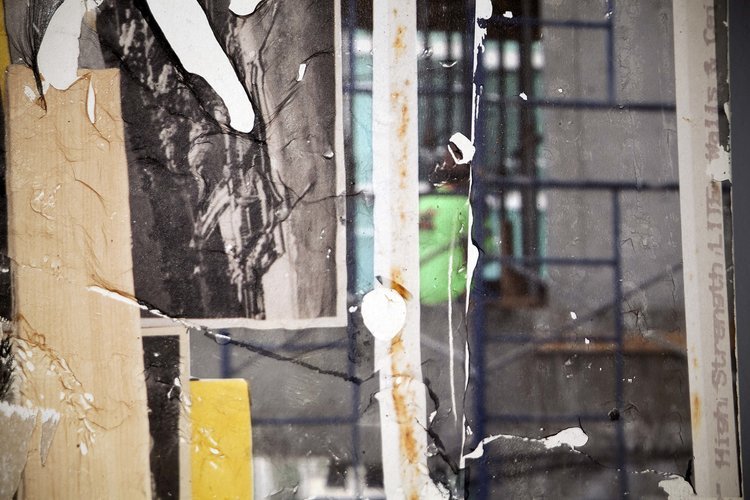
Functional (construction) site is a portmanteau of two phrases “functional site” and “functioning construction site” together these terms encapsulate the personal and art historical contexts of the project. The former distinguishes from “recent site-oriented practices from those of the past. This conceptual shift has embraced the idea of meaning as an open, unfixed constellation, porous to congencies” ––a concept Miwon Kwon borrows from curator James Meyer (Kwon 2002: 160). Meyer (1996) argues the functional site “may or may not incorporate a physical site… Rather, it is a process...It is an informational site… It is a temporary thing” (21). The work of Michael Asher, Daniel Burin, and Hans Haacke did engage with the functional and informational elements of site through institutional critique without a doubt nevertheless these works were predominately site-specific. This notion of site-specificity is shared with the understanding of topographic photographs meaning landscape photography, street photography, or archival photography. Later, I will clarify how this installation and my previous work deals with site-specificity, place, and space. The latter phrase refers to quote pulled from an essay titled The Artist Constructs Himself, by Verónica Gerber Bicecci on being a student of Abraham Cruzvillegas, the intersection of their lives, and his practice. Bicecci recounts “[m]y grandparents and my uncle moved into the Iponá house before it was finished. It was a sort of functioning construction site… the unplastered walls, the untiled bathroom..and the dozens of knick knacks piled in barely comprehensible mounds, covered in dust and grime. Everytime I am confronted with Abraham’s work, those randomly piled objects at my grandmother’s house come to mind” (Bicecci 2013). Bicecci’s narration of her experience along with Cruzvillegas’ work speak to my experiences of growing up in a “functioning construction site”. As development accelerates in Miami, the construction site makes an echoing appearances in my lifetime. The planetary boundaries of our epoch seem to go unnoticed in that place. In The Matter of Memory, Eyal Weizman (2013) designates the epoch of the Anthropocene as “a spatial one - it suggests that Earth is no longer simply a planet inhabited by intelligent life, but a planetary-scale architectural construction site” (14).
In order to construct this installation, I assembled a range of images and materials– scavenged from my father’s large collection of construction materials, my studio, or bought specially for this piece– to create a singular work. The logic behind showing an array of photographs and materials together refers back to place. It is epitomized by David Hockney’s “photo collages [which] become a kind of reconstruction process of the fragmented and successive stages of this visual experience of the three-dimensionality of a particular place, instead of just recording the whole place in an objective way.” (134) The fragmentation of place is physically exaggerated by my installation. The wall’s exoskeleton create a “rhapsody of frames within frames” (Blessing 2015: 67) developed by Leslie Hewitt in Riffs on Real Time (2006-2009). This conglomeration of materials represents Joel Smith’s argument in The Life and Death of Buildings: On Photography and Time (2011) that buildings are “no comprehensive archive; [they are in fact] a patchwork of survivals, a discontinuous and evolving collage” (13). It is through creating assemblages that I chronicle the phenomenological and poetic experience of living in a city driven by economic growth in spite of being in a region threatened by sea level rise. I implement the construction and photographic materials that materialized the installation space with great care. Like Hewitt, I hoped to emphasize the “physical engagement through the physical materialization of pristine, highly realistic images…[heightening] our awareness of the split temporality of photography as not only an intellectual and emotional experience but also an embodied one” (Blessing 73-74). Another reason for layering the materials so rectangularly was to reference the “layers of windows on a computer screen [to] a collage metaphor” (Blessing 133). This work is complicated by the preciousness in which I handled the materials. Even though, Miwon Kwon urges we abandon “nostalgic notions” of place-bound identities, she considers “[t]his persistent, perhaps secret adherence to the actuality of places (in memory, in longing) may not be a lack of theoretical sophistication but a means of survival” (165). A means of survival which I will later relate to accumulation.
Photography by: Sue Montoya
